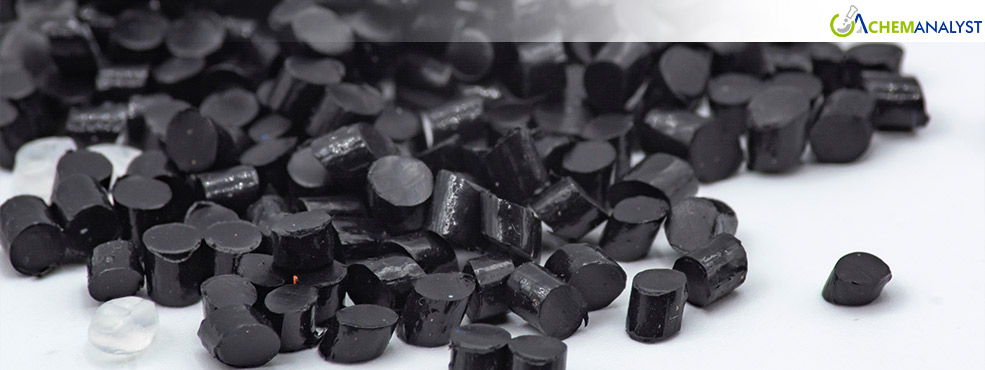US Tariff Poses Challenges for Tyre Manufacturers, SBR Market Sustains Stability
- 14-Apr-2025 6:00 PM
- Journalist: Jai Sen
The Styrene Butadiene Rubber (SBR) market remained largely stable in mid-April 2025, with prices of its key feedstocks—styrene and butadiene—settling firm but at the lower end. SBR is a highly crucial material in the tire industry, and it's still a corner stone product for the auto industry, especially when market leaders like Michelin contend with increasing uncertainties limiting from worldwide trade tensions, regulatory pressures, and shifting market dynamics.
The tire industry, which relies heavily on SBR to produce long-life, high-performance tires, is facing a critical crisis. Despite stable prices, giant tire players like Michelin are grappling with a mix of external factors, not the least of which are the U.S. auto and auto parts tariffs. The tariffs, at 25% duty, can indeed hinder the supply chain of tire products, especially those using SBR from Europe and other sources.
The main concern is the export of SBR-based products such as European farm tires and Indonesian passenger car tires to the U.S. While prices of SBR as big as they are today have been steady, policy volatility such as U.S. tariffs can lead to increased production cost and longer lead times. This adds additional stress to the tire and automotive sectors, already managing shifting demand and emerging supply chain dynamics.
As SBR prices have been stabilizing, other events—such as varying demand for new cars and changing emissions controls—introduce market volatility. For instance, the recent European trend to push more restrictive CO2 emission standards that are initiating a move toward EVs can affect the long-term demand for traditional SBR-made tires. As companies like Michelin in Europe are forced to shift their production models to meet these standards, the market will shift, and new tire compositions and new materials will emerge in response.
Michelin, with premium share in US and EU markets, remains one of the major players in the SBR-reliant tire industry. But as the company struggles with tariffs and changing consumer demand, the scale of SBR's use in tire manufacturing itself reflects the inherent volatility plaguing the market.
With the international trading landscape continuing to shift, SBR will continue to be at the forefront of industry discussion, especially with big manufacturers struggling with mounting pressures from tariffs, regulations, and the push towards more sustainable technologies. The stability of prices in the SBR market is small comfort, but the broader industry watches closely how these outside forces will influence production and consumption in the future. The prices of SBR will remain stable in the market and, says ChemAnalyst.



